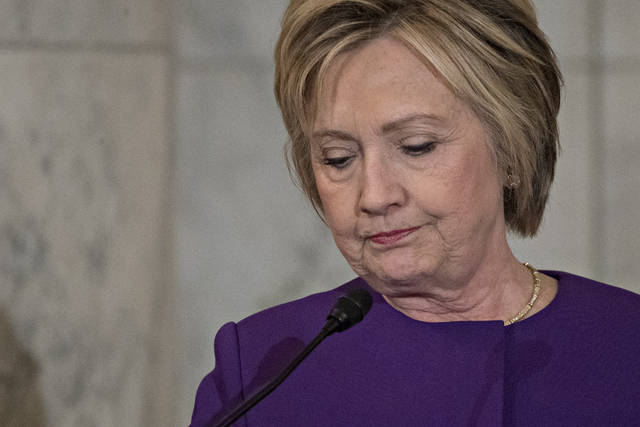Graham Godwin: 2020’s polls aren’t 2016’s polls
The 2016 presidential contest made some people skeptical of polling. But this is perhaps more of the situation where one remembers the emotion more than the facts.
Yes, there were a lot of entities doing a lot of polling that year, and some of it was just bad. That’s what happens when inexperienced individuals start throwing out numbers. And statistically, there will be wonky results in the random poll. But the trusted pollsters had numbers that were worthy of keeping in the whole baby-and-the-bathwater cliché.
In 2016, Hillary Clinton won the national popular vote by 2.1% when national polling was showing just a 3% advantage for Clinton on average. However, President Trump won the Electoral College by taking narrow victories in a small number of swing states. In Pennsylvania, Trump won with 0.7% of the vote. Michigan moved to the president’s column with a 0.3% win. Wisconsin was 0.7% win. Combined, those 46 electoral votes made all the difference.
And what shifted the race from the predictions made just before the 2016 election? Well, first it’s important to remember that cable news pundits and columnists were drawing conclusions and not the pollsters themselves. But it’s also worth noting that less than a week before the election, FBI Director James Comey announced the formal investigation into Clinton’s emails (which was later dropped) and did so in the unusual tactic of the director himself holding a national press conference. Reputable polling in key states showed the change, but the narrative was already baked in — often then quoting outdated data.
Further, Clinton didn’t exceed the 50% threshold in polling at any given time. She was always in the 40s, and there were a number of undecided or soft supporters who landed in Trump’s favor with enormously solid negatives in polling the former first lady and senator. Clinton may not have been an incumbent, but was so well known nationally that the race was not only a referendum on the party then in power, but also on her personally, and undecided voters acted accordingly.
However, in explaining presidential polling, two things bother professional pollsters: the popular vote doesn’t win the White House, the Electoral College does; and the margin of error is a real thing and should not be tossed aside.
So what exactly is the margin of error? Simply put, it is the concept that the closer to 50/50 that the response to a binary question can be, that the margin is that anticipated acceptable error rate above or below that mark.
Often misunderstood by the public, the size of the sample dictates the margin of error in comparison to the population being surveyed. A nationwide survey of 600 people will generate a 4+/- margin of error. But doubling it to 1,200 generates a 2.3+/- margin of error.
The margin affirms the likelihood that the results stated closely represent the results had the entire population been surveyed. The margin of error allows a reader to have a level of confidence that the information being presented is accurate and depictive of the whole population.
Important to note is that polling is simply a snapshot in time. While many factors, including careful modeling and appropriate sampling, do indeed affect results, experienced pollsters understand this and take it into account — bringing a craft to the science of public opinion surveying. This includes the methodology of how the results are collected (online, telephone land lines and cell phones).
But polling is more than just about elections. It helps businesses and organizations understand what the public feels about specific issues. We have often said that before you can move public opinion, you have to know where it is.
The polling of the 2020 election cycle will be judged heavily by which models worked (education divides, race, age, absentee voters, etc.) and how covid-19 will affect a race that continues to have ever-changing criteria.
Polling, when done correctly, is extremely effective. It’s why candidates, parties, political organizations and industry groups use it regularly. But like any endeavor, it works best when the firms doing the polling have experience and a solid track record of results.
Graham Godwin is director of research for Carnegie-based Orion Strategies.
Remove the ads from your TribLIVE reading experience but still support the journalists who create the content with TribLIVE Ad-Free.

